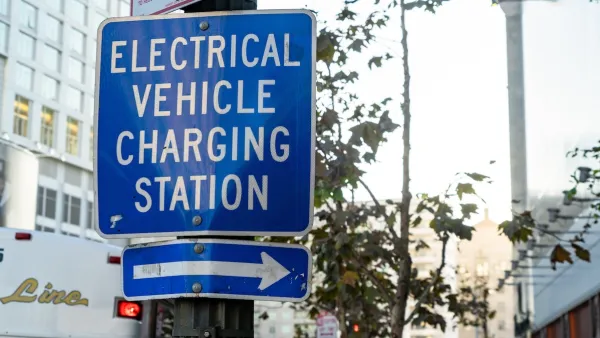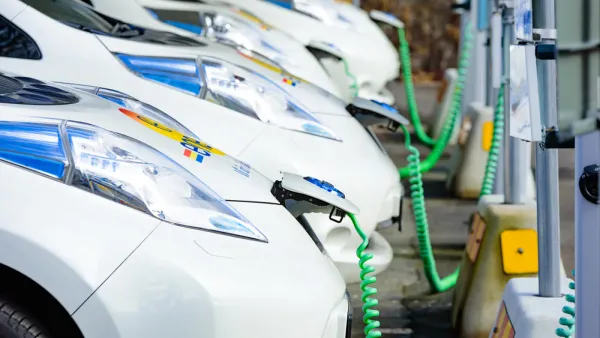Many rural households could benefit from the cost savings of electric cars for everyday trips.

In an article for CleanTechnica, Steve Hanley makes the argument that electric vehicles are, in fact, a logical option for rural drivers.
According to a recent report from advocacy group Coltura, “Nearly 70% of US road miles are in rural areas, and without much public transit, it makes sense that more rural households have cars than urban ones.” Rural drivers, who make up 18.8 percent of drivers, use over a quarter of the nation’s gasoline. “Then there are the rural “superusers” who make up just 3.6% of the U.S. population but consume about 1,950 gallons of gas annually, or nearly 13% of the nation’s total gasoline consumption.”
All this adds up to high costs for drivers. Adopting electric vehicles could help rural residents save money and reduce greenhouse gas emissions. And while some trips may not be possible with electric vehicles, many rural trips are relatively short and close to home.
The report concludes, “Focusing efforts on the transition of rural gasoline superusers to EVs can unlock significant economic benefits for rural households burdened by disproportionate fuel expenses and achieve a substantial reduction in national gasoline use. Further, increasing EV adoption by superusers in rural areas can catalyze expanded charging networks to enhance accessibility and convenience for all electric car drivers.”
FULL STORY: Let’s Put An End To The Myth That Electric Cars Are Not Suitable For Rural Drivers

National Parks Layoffs Will Cause Communities to Lose Billions
Thousands of essential park workers were laid off this week, just before the busy spring break season.

Retro-silient?: America’s First “Eco-burb,” The Woodlands Turns 50
A master-planned community north of Houston offers lessons on green infrastructure and resilient design, but falls short of its founder’s lofty affordability and walkability goals.

Delivering for America Plan Will Downgrade Mail Service in at Least 49.5 Percent of Zip Codes
Republican and Democrat lawmakers criticize the plan for its disproportionate negative impact on rural communities.

Test News Post 1
This is a summary

Test News Headline 46
Test for the image on the front page.

Balancing Bombs and Butterflies: How the National Guard Protects a Rare Species
The National Guard at Fort Indiantown Gap uses GIS technology and land management strategies to balance military training with conservation efforts, ensuring the survival of the rare eastern regal fritillary butterfly.
Urban Design for Planners 1: Software Tools
This six-course series explores essential urban design concepts using open source software and equips planners with the tools they need to participate fully in the urban design process.
Planning for Universal Design
Learn the tools for implementing Universal Design in planning regulations.
EMC Planning Group, Inc.
Planetizen
Planetizen
Mpact (formerly Rail~Volution)
Great Falls Development Authority, Inc.
HUDs Office of Policy Development and Research
NYU Wagner Graduate School of Public Service





























